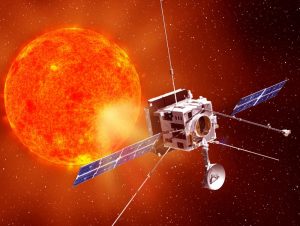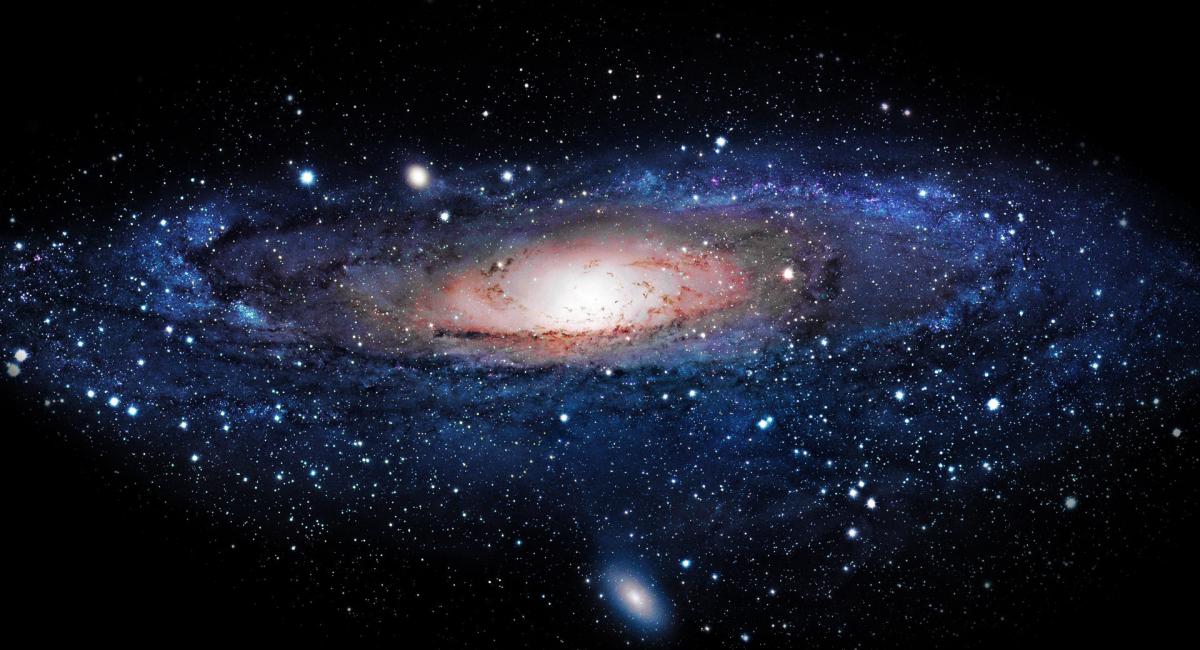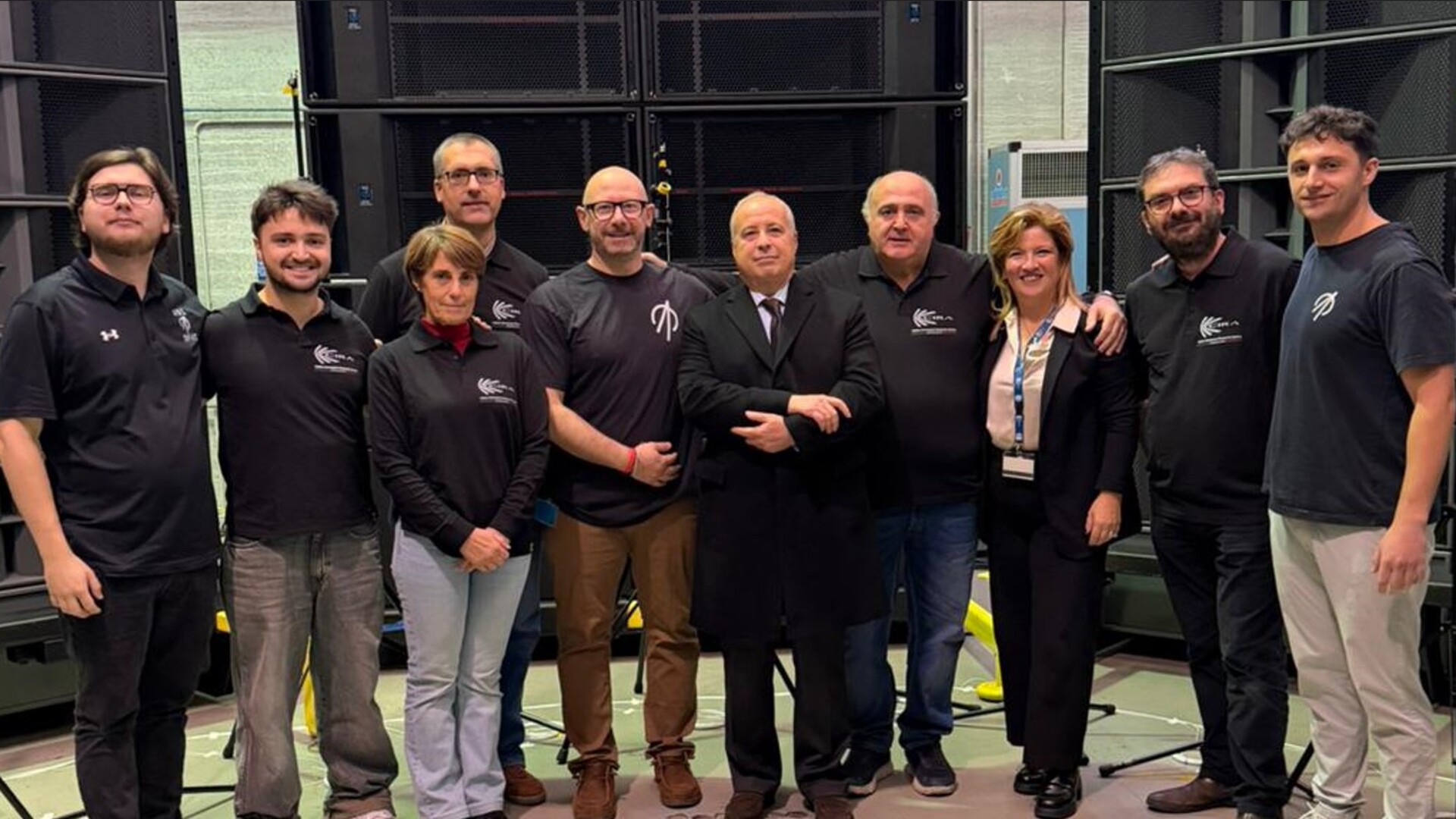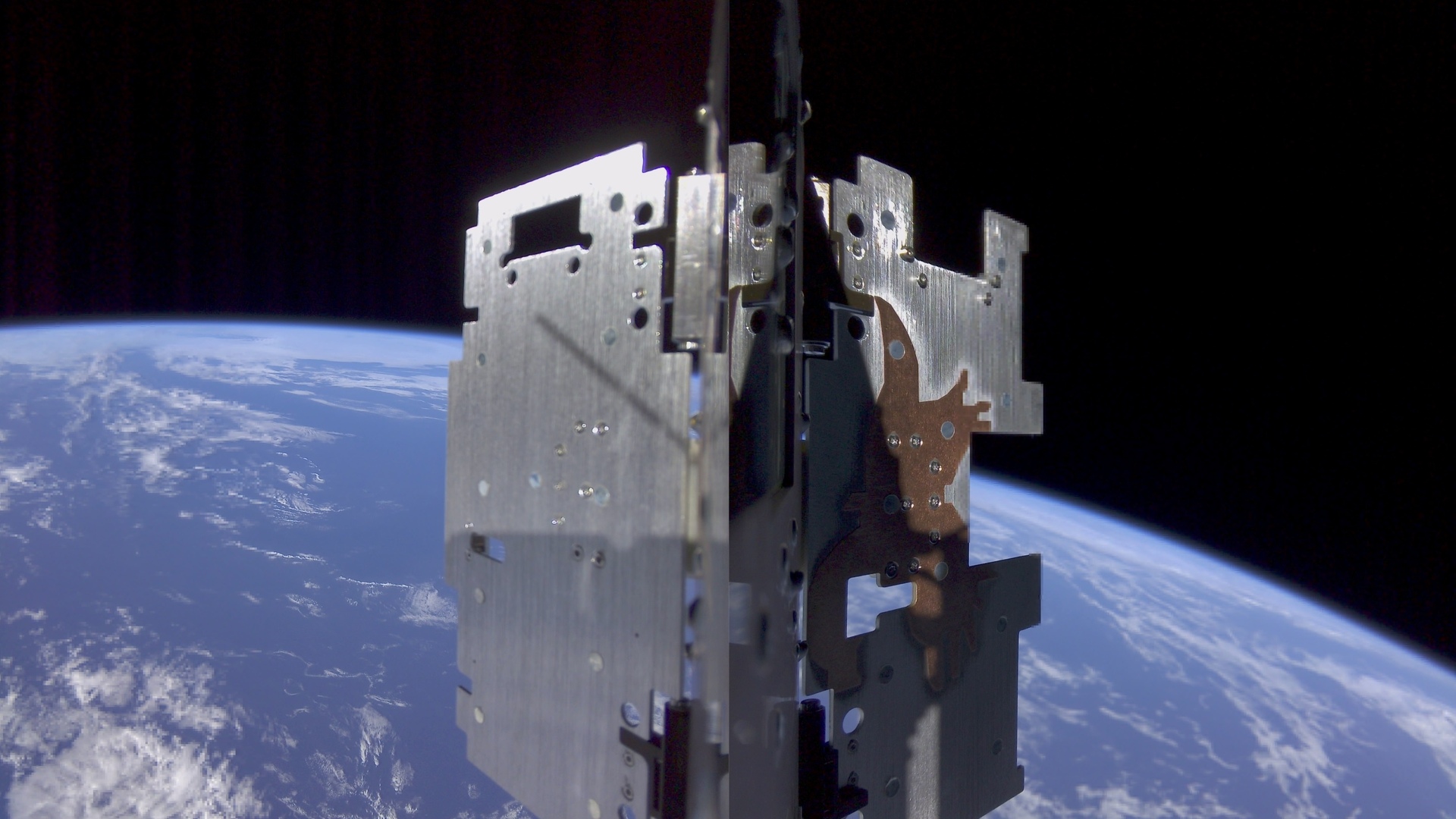The Memorandum was signed during the 76th edition of the International Astronautical Congress

Subject line: Study of the line
Responsibility of the mission: ESA
Date of Launch: February 2020
Web sites: http://sci.esa.int/solar-orbiter/
Description
Solar Orbiter is the first class-M mission selected in the framework of the ESA Cosmic Vision 2015-2025 scientific programme. The launch is scheduled for February 2020. Solar Orbiter will allow, for the first time, to study the Sun at a distance of 0,28 UA (1 UA is the distance between Earth and the Sun) and observing the polar regions from an orbit outside the ecliptic plane.
The probe will have 10 instruments on-board to observe the surface of the Sun and study the changes happening in the solar wind emitted at high speed from our star. Eight of those instruments will be provided by PIs through national fundings from the Member States of the ESA. A ninth instrument will be provided by the ESA, while the NASA will provide the remaining instrument and an additional detector. The launch from Cape Canaveral, Florida, will be aboard an American launcher.
It will take less than two years to reach the operational orbit around the Sun, and the trajectory will be modified through a flyby to Earth and Venus. The highly-elliptic operational orbit will lead the probe less than 43 million kilometers away from the Sun – less distant than Mars, the most internal planet.
Scientific goals
During the seven year-mission, the in-situ instruments will measure the plasma of solar wind, the electromagnetic fields and energy particles in a close enough area to the Sun, where they are still relatively unpolluted and their properties haven’t been modified by the subsequent transport and propagation processes.
The remote sensing instruments, instead, will send stunning pictures of the solar characteristics with unprecedented resolution and will provide new information on the cause of the cyclical nature of solar spots and the onset of flares.
Italian contribution
Amongst Solar Orbiter’s scientific load instruments, INAF, with the support of the ASI and the contributions of Germany and Czech Republic, manufactured the METIS coronagraph and the SWA (Solar Wind Analyzer)’s Data Processing Unit.
METIS is a coronagraph with an external occulter. The optical design is due to the need to minimize the entrance port of the instrument, aimed at reducing the incoming thermal flow.
The light of the solar disk coming from the entrance port is rejected outwards by the M0 mirror. The light of the corona, instead, reaches the M1 primary mirror and reflects on the M2 secondary mirror. Such mirror focuses the light on the UV detector. A filter placed between the M2 mirror and the UV detector, instead, reflects the visible component of the light. A liquid crystal polarimeter, placed between the filter and the visible light detector, selects the polarized light, i.e. the photospheric light scattered by the corona electrons.
The distance between the centre of the Sun and the corona ring observed by METIS depends on the position of the probe across its orbit. At the perihelion – the nearest point to the Sun – METIS will obtain ring-shaped images of the Sun’s corona, between 1,6 and 3,0 solar rays.
The observations of the corona carried out by the METIS, together with the observations obtained by the other Solar Orbiter’s instruments, will allow to perform a complete investigation on the link between the heliosphere and its origins on the Sun. More specifically, METIS will focus on the exploration of the corona regions, whose continuous expansion generates the solar wind and where the initial propagation of huge corona eruptions.
METIS is designed to discover the ultimate nature of energy, which accelerates the solar wind, and the processes related to the deposition of energy in the corona. A further objective is understanding the continuous fluctuations of light emissions observed in the corona and assessing their role in the acceleration of the solar wind towards the interplanetary space. Furthermore, METIS will assess the influence of the magnetic field on the speed of the solar wind, while it directs its flow outdoors.
The close observation of the Sun’s corona from different perspective, furthermore, is considered to be essential in order to understand the mechanisms causing the sudden onset of huge corona eruptions, which accelerate protons and other particles at nearly relativistic speeds across their shockwave.






